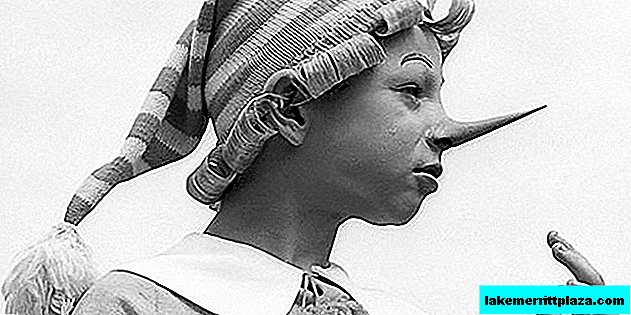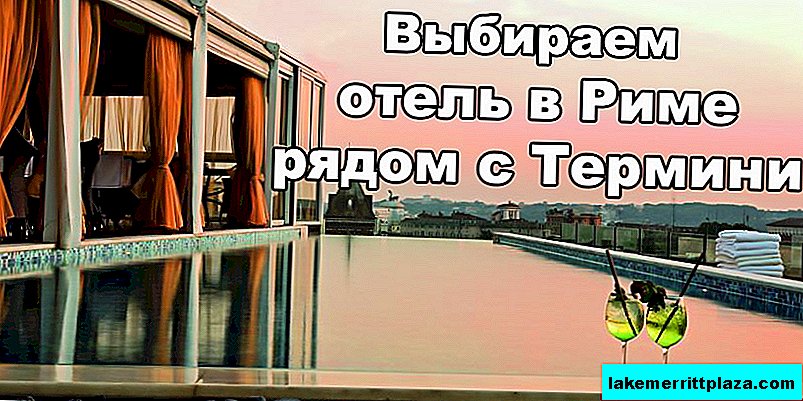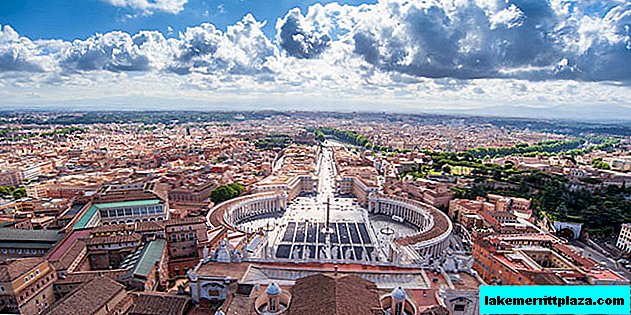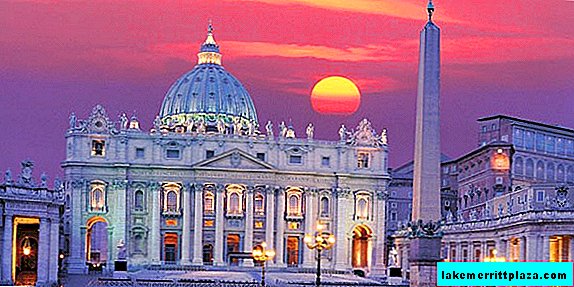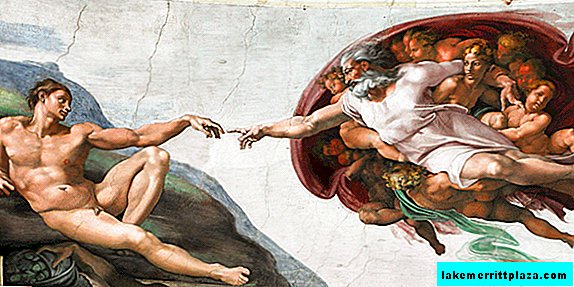The small Roman fountain Turtles is located in a charming and quiet square. You can find turtles only with careful consideration. Dolphins, accompanied by turtles, are a symbol of the favorite expression of the Roman emperor Octavian Augustus "Hurry up slowly."

Turtle Fountain (Fontana dellе Tartarughe)
Fountains in the life of the Romans played not only an aesthetic role - they supplied the townspeople with clean water. During the reconstruction of the Roman aqueducts, eighteen fountains were installed by the decision of the Congregation of Church Foundations. They all used water from the Virgo aqueduct (Acqua Vergine).
Fountain creation
The original fountain designed by Giacomo della Porta was created in 1585 by the young architect Taddeo Landina. A Renaissance building called the Fontana Turtles (Fontana dellé Tartarughe) was installed on Mattei Square. The construction was sponsored by representatives of the wealthy Mattei patrician family. The family owned several palaces in Rome, united in the so-called "Isola Mattei".

Turtle Fountain (Fontana dellе Tartarughe)
To see the Turtle Fountain today, you need to go down from the Capitol to the Marcello Theater and walk to the right along a narrow pedestrian street. Especially bright and elegant water composition looks in the evening illumination. No wonder the inhabitants of Rome associated with her several romantic legends. The Mattei Fountain (that is what it was originally called) is considered the most elegant and perfect of the Roman Renaissance fountains.
Artistic Solution

Turtle Fountain (Fontana dellе Tartarughe)
The ensemble consists of four figures of young men resting on the heads of dolphins, who dive into the lower bowl of the structure. The sculptures of the young men in style resemble the statues of Michelangelo. Above the heads of people is the upper cup. Initially, four dolphins were also placed in it, to which the bronze youths held out their hands. At the base of the composition is a square bowl, and in the center of it is a ball. There are marble sinks on four sides of it. Water enters the lower pool through these sinks - it flows from dolphin mouths and from four “putto” heads under the upper bowl.
A century later, the figures of four dolphins were dismantled from the top of the sculptural ensemble. They were transferred to the composition of another fountain. In 1658, small bronze turtles were installed in their place in an empty bowl. Figures of turtles were added to the ensemble by Gian Lorenzo Bernini.
Bernini's turtles were abducted three times in the 20th century. Now the originals are placed in the museum, and copies are installed on the fountain.
How to get there
Take tram 8 or bus 63, 780, H, No.8 to the Arenula- Cairoli stop.

